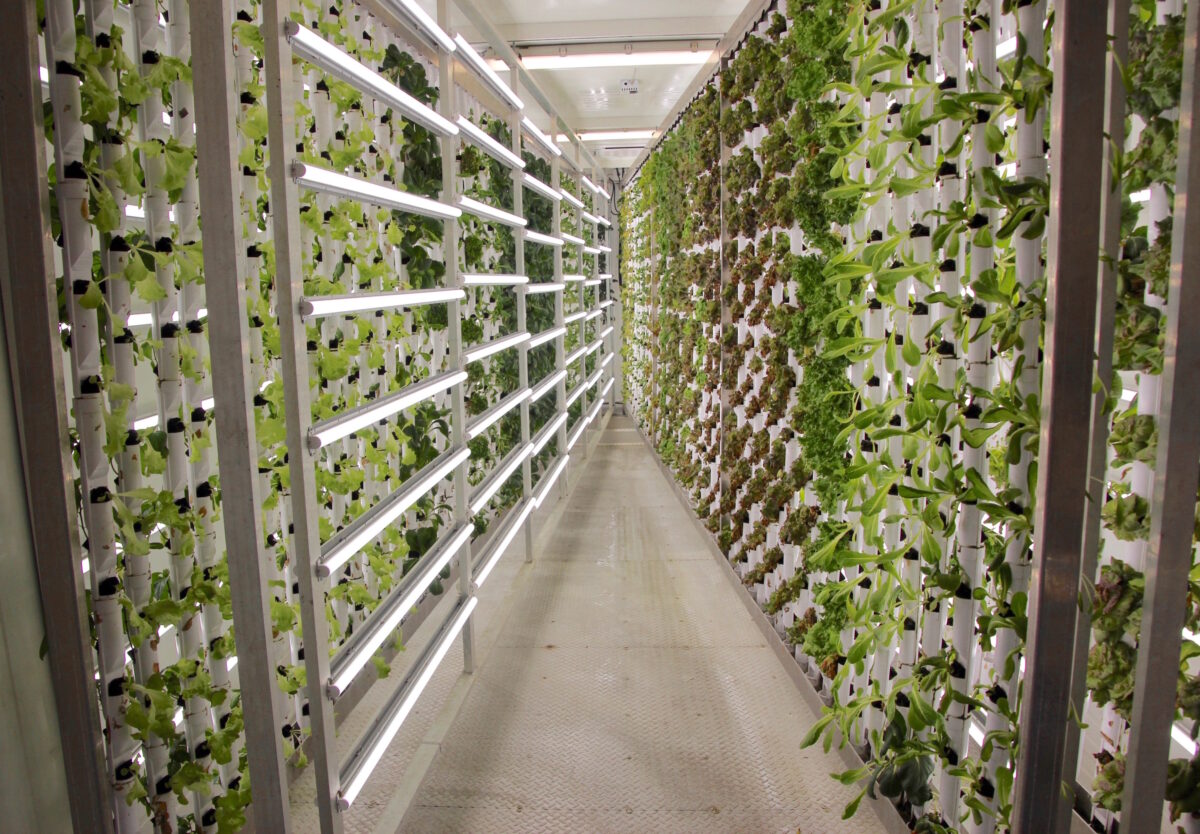The USDA has launched its FY 2026 Patrick Leahy Farm to School Grant Program, committing up to $18 million to projects that link farmers, especially small and medium producers, with child nutrition programs (e.g. schools, child care, summer meal sites). See the press release here.
In short: USDA is reviving and enhancing its farm-to-school grant program, making more funds and more flexible rules available to help farmers and school/child nutrition programs connect more directly. The application deadline for FY 2026 is Dec. 5.
This year’s version of the program includes new changes meant to lower barriers, streamline applications and promote innovation and stronger partnerships. Eligible uses include:
– Incorporating locally grown, minimally processed foods into meals served in child-nutrition settings. Find more info here, including eligibility requirements.
– Providing training to producers on procurement and food safety standards.
– Integrating agricultural education (e.g. school gardens, field trips, farm visits) into school or child-nutrition curricula.
– The grants are competitive, and individual award sizes range from $100,000 to $500,000.
Eligible applicants include state and local agencies, tribal organizations, child nutrition program operators, agricultural producers or groups of producers, nonprofit organizations and local agencies, though many of these must apply as part of a partnership.
How and where to apply
The websites to apply for funding depend on sector, region and project type, so it’s not a one-size-fits-all.
- Grants.gov
This is the go-to U.S. federal portal for discovering and applying for federal grants. Many USDA / federal opportunities are published there.- The Farm to School grant (above) is posted on the USDA / FNS site and linked via Grants.gov.
- USDA / USDA Food & Nutrition Service (FNS) / USDA’s “Grants & Funding” pages
Because this specific program is administered by USDA / FNS, their own site provides authoritative details, eligibility requirements, application instructions and updates. - State or local agricultural / food / education agencies
Depending on your state, state agencies often host listings of state-level grants or cooperative matches. It looks like these are easier to win than large federal grants. - Foundations / philanthropic grant portals
For non-government grants, platforms like Foundation Directory, GrantStation, or Candid (formerly Foundation Center) can help you find private funding sources. - Specialized programs in your thematic area
For example, in the sustainable agriculture/farm/food systems space, programs like SARE (Sustainable Agriculture Research & Education) are relevant.



